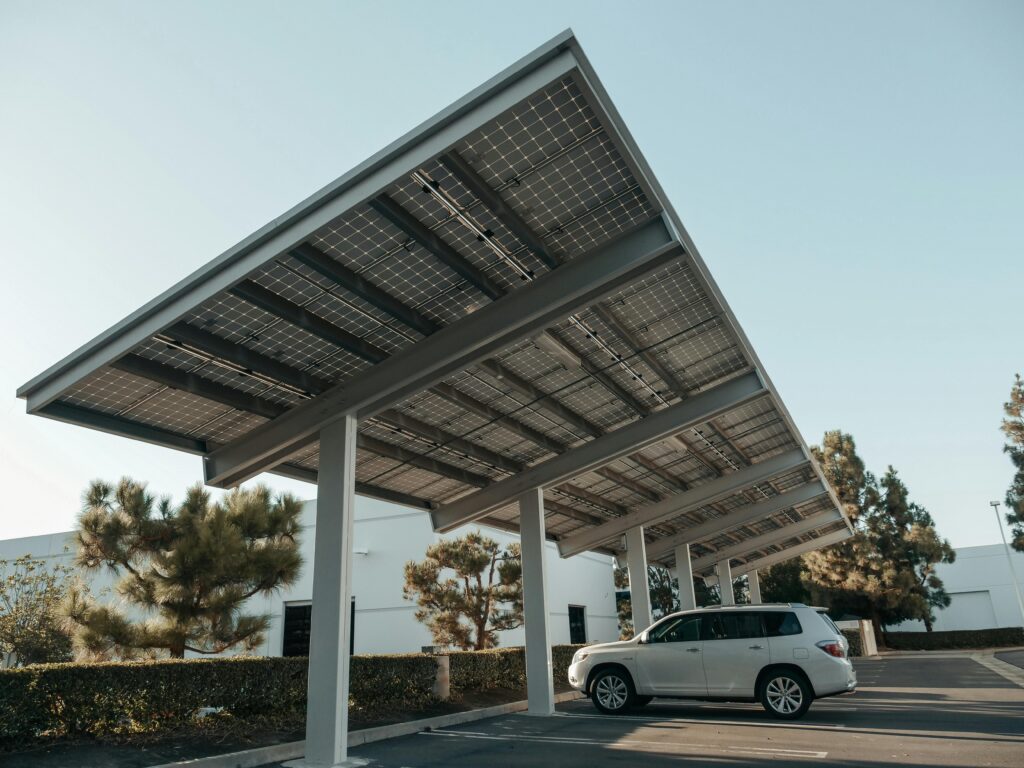
Australia’s clean energy transition has gained notable pace in recent years, with batteries taking the centre stage. In the first quarter of 2025, the country committed to investing a whopping AUD 2.4 billion in utility-scale Battery Energy Storage Systems (BESS). This is the second-highest investment in a quarter in Australia.
With an intensified effort to achieve net-zero emissions by 2050, the country has noted that large-scale batteries are the emerging solutions to stabilise the grids and support renewable energy. Gradually, this will replace the coal infrastructure, and the country will move towards a cleaner and greener future.
The battery boom in the country is not all about technological innovations and support. The policy certainty plays a major role in this process, encouraging and giving confidence to the investors and manufacturers. The following section of this blog will discuss how a profound policy framework is unlocking billions in battery projects.
Why Do Batteries Matter?
Producing energy using solar and wind is a low-cost and sustainable option. However, there is a drawback with such renewable resources – they are intermittent. This is where the batteries emerge as crucial components to store and supply energy when required. With a reduced dependence on coal, grids are turning into renewable-heavy.
Investing in batteries will reduce the pressure on the grids. At the same time, it will prevent hefty investments in grid infrastructure building. Overall, the BESS is a crucial investment if a country looks forward to an enhanced dependency on renewables. Here are some key reasons why batteries are crucial for renewable energy.
- Long-Lasting Storage: Batteries can store energy for a long time, making the energy available when it is required the most.
- Firming Capacity: Battery ensures a steady and uninterrupted energy supply even when the solar and wind generation dips.
- Managing Peak Demand: Energy stored in batteries will eventually help in peak demand management, keeping the supply uninterrupted.
- Grid Stability: Investing in batteries ensures that the voltage and frequency imbalances on the grid are addressed with precision.
- Easing Bottlenecks: The batteries can ease the transmission bottlenecks with precision, helping in reducing the need for new lines.
Role of Policy Certainty in Driving Investments
Policy certainty is one of the most critical factors behind Australia’s battery boom. When the government offers a clear and long-term energy policy, it becomes easier for investors to plan future investments in the energy sector with peace of mind.
- Capacity Investment Scheme (CIS): The CIS offers revenue certainty while reducing the risks involved in projects.
- Powerful Market Signal: The net-zero policy of the Australian government has sent a clear and strong signal on the future use of renewables.
- State Incentives: Switching to renewable energy could be costly for businesses and individuals. State incentives ease the financial woes to some extent.
An Insight into the Key Policies
Let’s take a deep dive into the key policies that emerge as driving factors behind the battery boom in Australia. Understanding these policies is crucial before making a significant investment in renewable energy.
1. Capacity Investment Scheme (CIS)
It would not be an exaggeration to state that the Capacity Investment Scheme is the centrepiece in Australia’s plan for clean and reliable energy. According to this federal program, the country is set to achieve 32 GW of clean capacity by 2030. The CIS is a revenue underwriting model, which magnetises the investors easily. Investors or businesses can reduce their financial risks in large-scale battery projects with the help of this scheme.
2. State-Level Support and Reforms
States such as Victoria, South Australia, and New South Wales are playing a pivotal role in meeting the country’s commitment to net-zero carbon emissions by 2025. Here are some notable state-level initiatives that encourage green energy and the battery industry.
- Fast-track BESS projects to make the industry hassle-free for investors
- Launch of direct grant programs or co-investment for the grid-scale batteries
- Renewable Energy Zones (REZs) set up with pre-approved grid access
- Introduction of pilot programs for hybrid renewable battery projects
The Challenges Ahead for the Battery Industry
Though the battery industry in Australia has observed a boom in recent times, the industry will still face some potential hurdles. If not addressed in a timely manner, the following challenges can emerge as roadblocks for the BESS industry.
- Transmission Constraints: In many areas, the grid infrastructure is not updated enough to support the new battery projects.
- Workforce Shortage: With a whopping battery demand surge, the sector strives to meet the requirement for skilled and experienced labourers.
- Slow Approvals: Sluggish grid connection procedures and lengthy planning lead to slow approval of battery projects, though authorities have taken initiatives to fast-track the process.
- Fragmented National Approach: In a few cases, the misalignment between federal and state policies leads to a fragmented national approach for the battery industry.
- Policy Upgrades in the Future: A major change in the government could lead to several policy changes, resulting in compliance hassles. Investors hold back for this reason, causing a setback for the battery industry.
Final words
The substantial rise in battery investment in Australia indicates that the country’s policies and clear vision have earned investor confidence. The policy stability has also fostered a consistent business environment, where growth may be hindered by regulatory challenges.
Businesses embracing renewables for a sustainable future will experience more comfort with the improvement in battery infrastructure. At the same time, businesses must select their energy plans carefully to prevent excessive expenses.
Select N Save is a platform that helps businesses and individuals find the right energy plans. Instead of staying on an outdated plan, picking a new plan or switching providers can prove financially beneficial. The money you save by choosing the right energy plan can later be invested in renewables for a more cost-effective and sustainable future.
